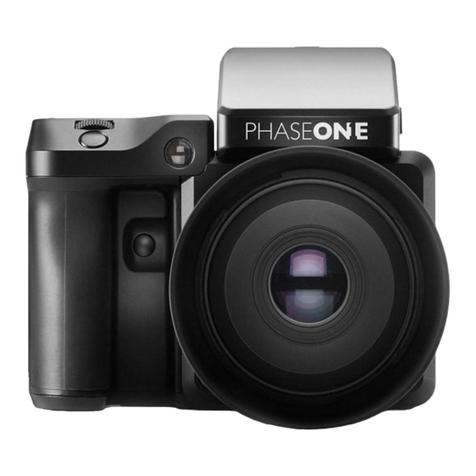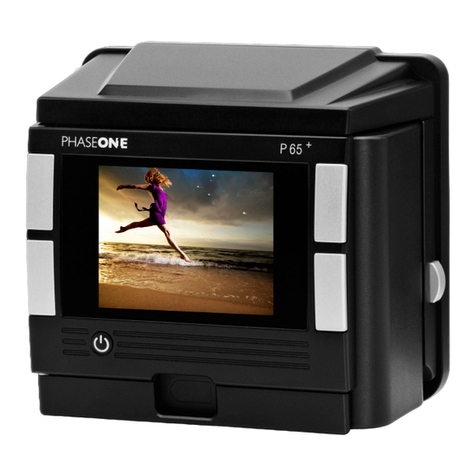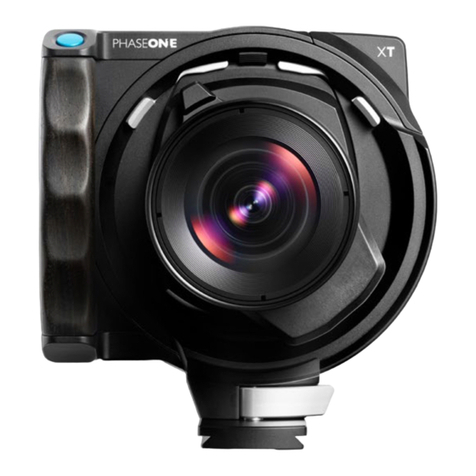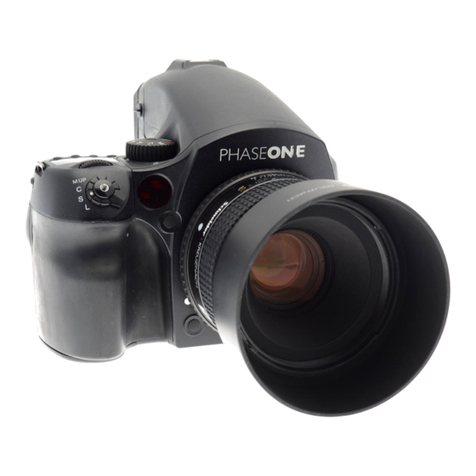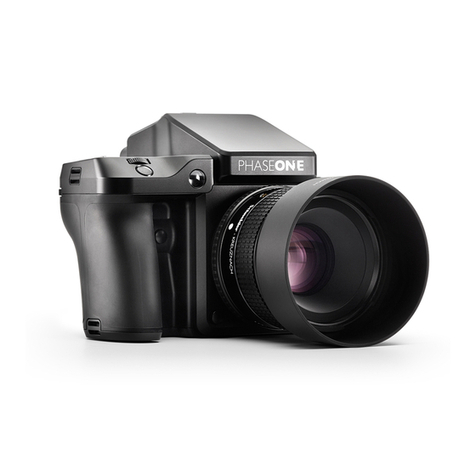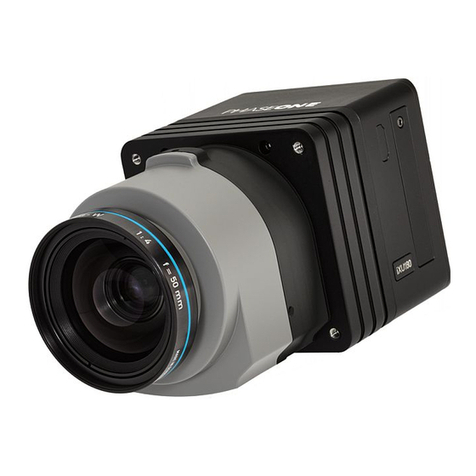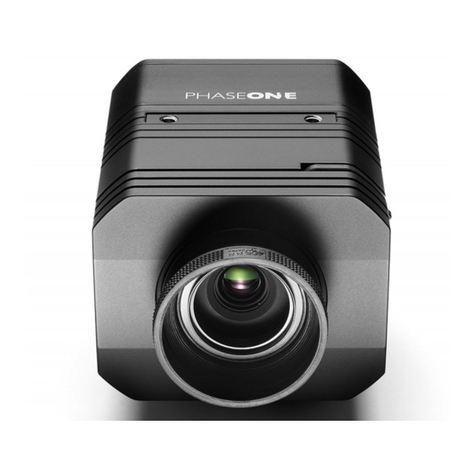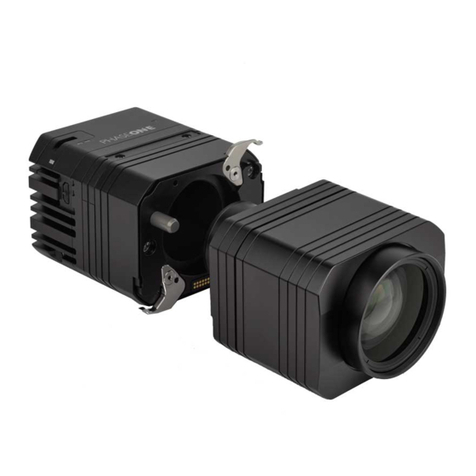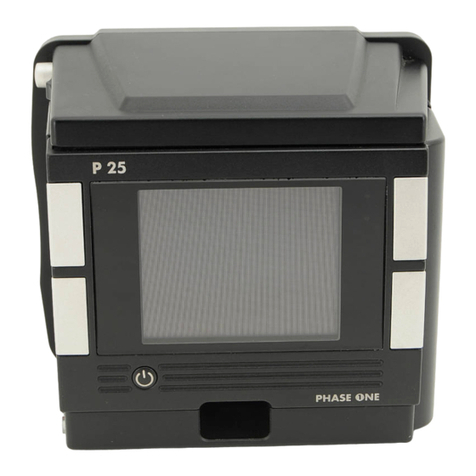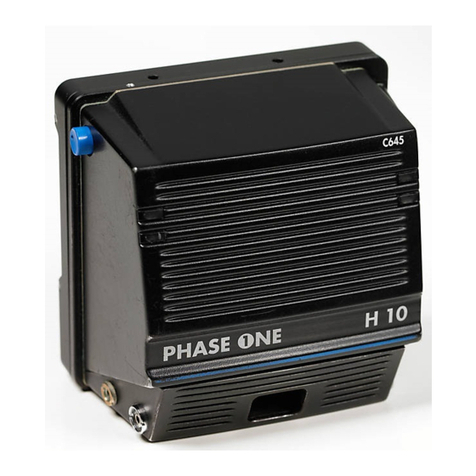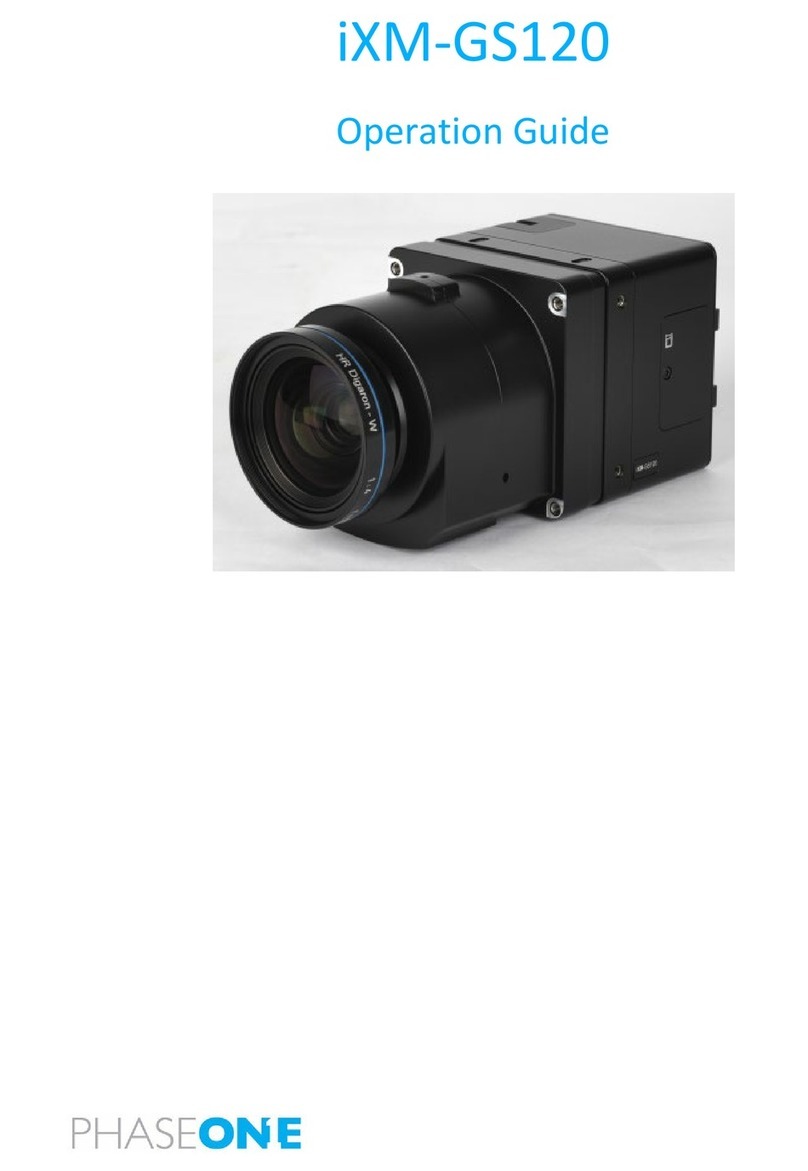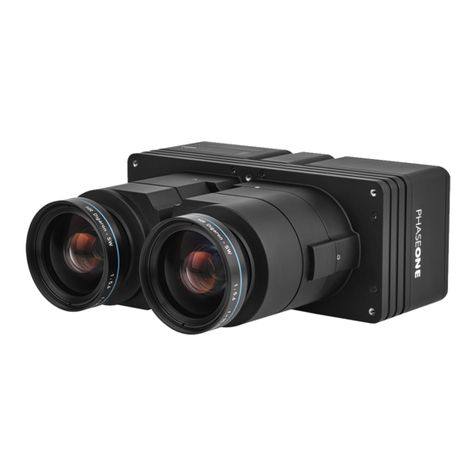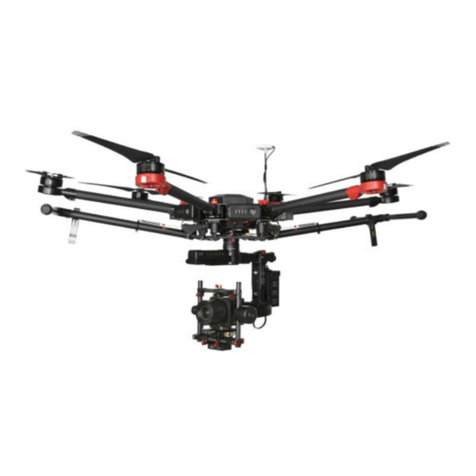Section 1 Introducing: The Studiokit Digital Camera Back
for 4"x 5" Large Format Cameras
The Studiokit digital camera back for large format cameras will enable
you to use your usual 4" x 5" large format cameras and lenses to take
digital photographs in color. The camera back fits into a standard spring-
back film loading mechanism, just like a normal camera back.
Section 1.1 How it Works
The camera back contains a light sensitive element called a CCD (charge
coupled device). This device contains many tiny light sensitive areas,
each of which maps to one pixel in the final photograph. A pixel is one
picture element or picture cell, and is analogous to the grain size of film
stock.
The camera back uses a sensor with three linear CCDs; there is one line
for each additive primary color: red, green, and blue (RGB). Each line,
or array, is one pixel high and 2500 pixels wide. In the final image, the
three RGB lines are digitally mixed to produce a single line of pixels in
full color.
Before exposure, called capturing in digital techniques, the image is
focussed onto the plane in which the CCD array will travel. At the start
of the capture process the array is positioned at the top of the area to be
scanned. During capture, the RGB lines are read, the CCD sensor is
moved a distance equal to the height of one pixel, and then the next lines
are read. This is repeated until the entire image area has been covered.
This process is called scanning.
The camera back contains the basic sensory electronics for image cap-
ture (the CCD and analog to digital converter). The Phase One soft-
ware, running on your computer, makes it possible for you to calibrate
and control the camera back, view your images, and make image pro-
cessing settings to perfect your images. Final images are converted into
Studiokit Digital Camera Back for Large Format Cameras – User's Guide
3
